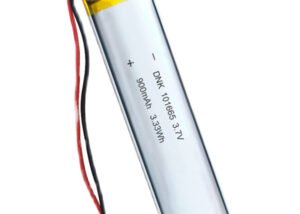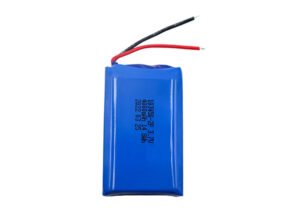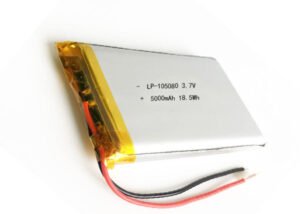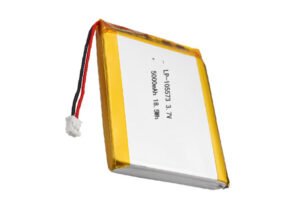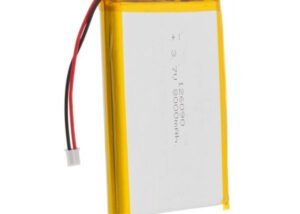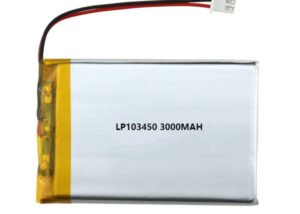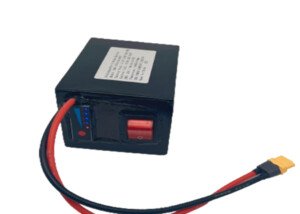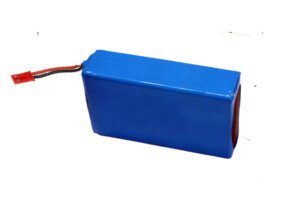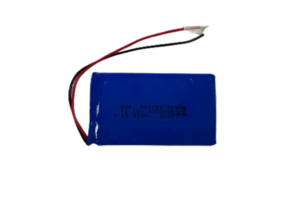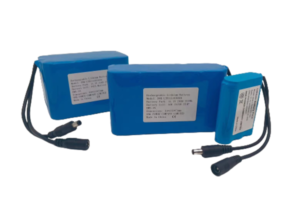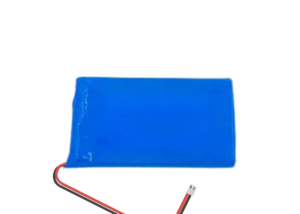LiPO Battery in LED Flashlight
Lipo batteries have become increasingly popular in recent years due to their high energy density and compact design. These batteries are used in a variety of devices, including cameras, where they offer several advantages over traditional battery types. In this post, we will discuss the benefits of using lipo batteries in cameras, the different types available, safety considerations, and tips for maximizing their performance and lifespan.
Advantages of using lipo batteries in cameras
- Higher energy density and longer run times
Lipo batteries have a higher energy density than other battery types, which means they can store more energy in a smaller space. This translates to longer run times for cameras, allowing photographers to capture more photos and videos without needing to change the battery.
- Lightweight and compact design
Lipo batteries are also very lightweight and compact, which is especially important for cameras where space and weight are at a premium. This allows for smaller, more portable cameras that are easier to carry around and handle.
- Higher discharge rates for faster performance
Lipo batteries have a higher discharge rate than other battery types, which means they can deliver more power to the camera at once. This results in faster performance, such as quicker autofocus and faster shutter speeds, which is especially useful for action and sports photography.
- More efficient charging and discharging cycles
Lipo batteries can be charged and discharged more efficiently than other battery types, which means they can last longer and perform better over time. This is because they have a lower internal resistance, which reduces heat buildup and allows for faster charging and discharging cycles.
Types of lipo batteries used in cameras

Single-cell vs. multi-cell batteries
Lipo batteries come in both single-cell and multi-cell configurations. Single-cell batteries are simpler and less expensive, but they have a lower voltage and capacity than multi-cell batteries. Multi-cell batteries, on the other hand, have a higher voltage and capacity, but they are more complex and expensive.
- Different voltage and capacity options
Lipo batteries come in a range of voltage and capacity options, which can affect their performance and compatibility with different cameras. It is important to select the right battery for your camera to ensure optimal performance and safety.
- Importance of selecting the right battery for your camera
Using the wrong battery for your camera can result in poor performance, damage to the camera, or even a fire or explosion. It is important to consult your camera manual or manufacturer to determine the right battery type and specifications for your camera.
Safety considerations when using lipo batteries in cameras
- Risk of fire or explosion if mishandled or damaged
Lipo batteries can be dangerous if mishandled or damaged. They can overheat, catch fire, or explode if they are punctured, crushed, or exposed to high temperatures. It is important to handle and store them carefully to avoid any accidents.
- Proper storage and handling procedures
Lipo batteries should be stored in a cool, dry place away from direct sunlight and heat sources. They should also be transported in a protective case or bag to avoid damage. When handling them, it is important to avoid puncturing or crushing them and to use caution when connecting or disconnecting them from the camera.
- Importance of using a compatible charger
Lipo batteries should only be charged with a compatible charger that is designed for their specific voltage and capacity. Using the wrong charger can result in overcharging, which can damage the battery or cause a fire.
Tips for maximizing the performance and lifespan of lipo batteries in cameras
- Regularly check battery health and capacity
It is important to regularly check the health and capacity of your lipo batteries to ensure they are performing optimally. This can be done using a battery tester or multimeter, which can measure the voltage and capacity of the battery.
- Avoid overcharging or over-discharging
Lipo batteries should be charged before they are fully depleted, but they should not be overcharged or over-discharged. Overcharging can damage the battery or cause a fire, while over-discharging can reduce the battery’s lifespan and performance.
- Properly store and transport batteries
Lipo batteries should be stored and transported in a protective case or bag to avoid damage. They should also be kept away from direct sunlight and heat sources, and should not be stored near flammable materials.
In all, Lipo batteries offer several advantages over traditional battery types for cameras, including higher energy density, lightweight and compact design, higher discharge rates, and more efficient charging and discharging cycles. However, they also come with certain risks and safety considerations, such as the risk of fire or explosion if mishandled or damaged. By following safety guidelines and best practices, photographers can ensure optimal performance and safety when using lipo batteries in their cameras.
